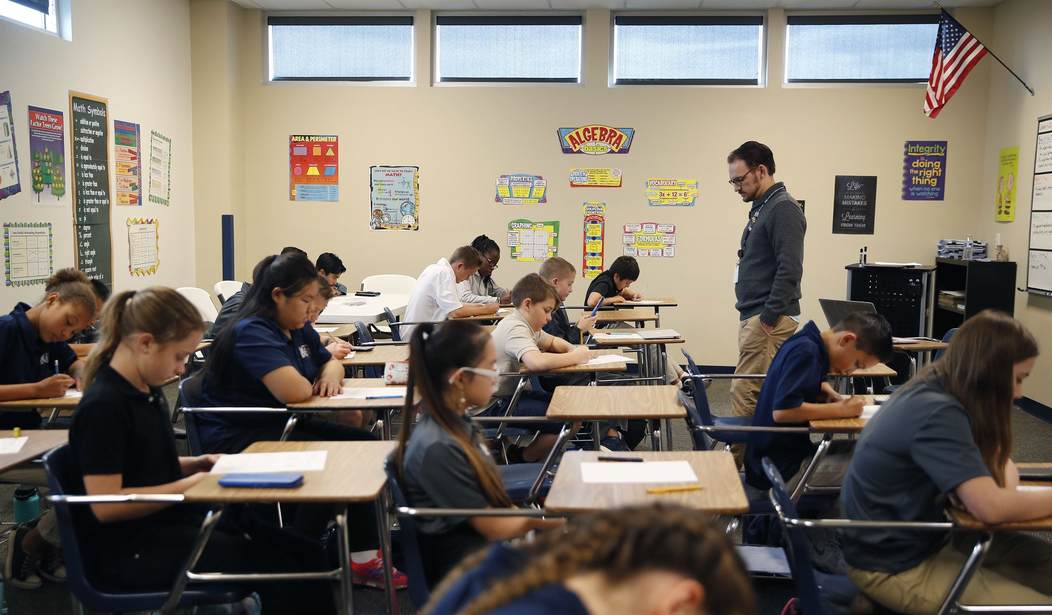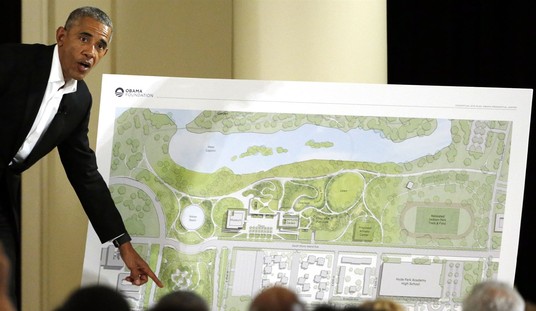School choice advocates were disappointed that underfunded ballot initiatives in three states failed as a result of massive spending by teachers unions to defeat them. A Colorado ballot initiative that would have enshrined the right of school choice in the state constitution lost 51%-49%.
But the election of strong school choice advocate Donald Trump has brightened the national picture for choice considerably.
The Educational Choice for Children Act, which recently passed in the House Ways and Means Committee, would set up a national tax credit scholarship plan that would allow those who donate to K-12 scholarships to receive a tax credit. The Act is the first school choice initiative to make it out of a Congressional committee, and while its fate is uncertain unless the GOP takes the House, having Trump in the White House boosting the measure is extremely helpful.
Naturally, the bill faces a phalanx of opposition from Democrats and teachers unions. But 30 senators have signed on as co-sponsors of the bill, meaning that if ever got to the floor of the Senate for a vote, it would probably win.
That's not likely to happen as long as the filibuster is in place. Getting seven Democrats to vote to bring the bill up for a vote in addition to the 53 Republicans is a tall order.
“The new members are all very clearly supportive of school choice, and I think that’s going to change the dynamics,” said former assistant secretary in Trump's Education Department Jim Blew, who co-founded the conservative Defense of Freedom Institute.
But Democrats are using the defeat of school choice initiatives in Colorado, Nebraska, and Kentucky to show that school choice is not as popular as advocates claim.
Kentucky Governor Andy Beshear, a potential Democratic candidate for president in 2028, said the voters sent a "clear message" about school choice.
“This should end any and all debate. And this should end any attempts to take money away from our public schools to send them to unaccountable private schools,” Beshear said at a news conference.
How "accountable" are public schools under the current system?
At the national level, the Educational Choice for Children Act would give a taste of school choice to parents in blue states.
The legislation would not only add fuel to red states passing school choice reforms, Mr. DeAngelis says, but also would expand “educational opportunities to families that happen to live in blue states that are currently controlled by the teachers unions, so families in California could now access school choice, if the Educational Choice for Children Act gets across the finish line.” However, because a majority of K-12 funding is at the state and local levels, the federal legislation doesn’t “negate the need to pass school choice at the state level,” he adds.
Marc LeBlond, director of state advocacy at the American Federation for Children, says that school choice "messaging" is usually buried by teachers and anti-choice advocates.
“There’s a messaging battle that’s been going on for a very long time, and it’s going to take some time to turn that ship around. Union groups, and all of the kind of web of organizations that stem from them and money that stems from them has been geared for years, sowing doubt about school choice,” he says. “I think the trend is working in our favor, we’ve got over a million kids participating in school choice programs, and despite the unfortunate losses.”
Ultimately, supporters like Donald Trump can act as cheerleaders for school choice, but in our federal system, the ultimate choice of how to educate our children rests with state and local authorities.
More than a million parents have taken their kids out of public schools since 2019. Parents are voting with their feet and will continue to pull their kids out of failing schools until school boards get the message and begin to make meaningful reforms.










Join the conversation as a VIP Member